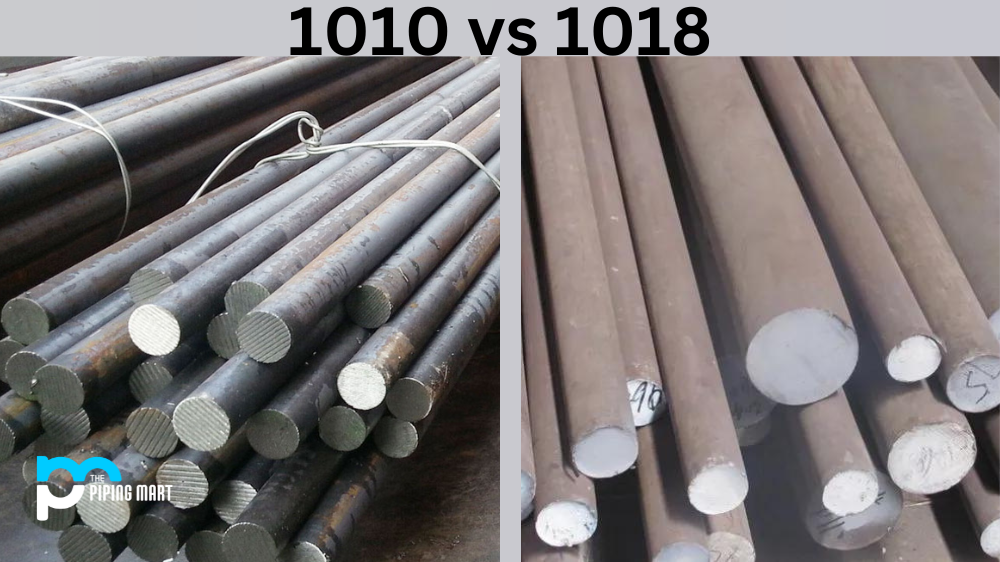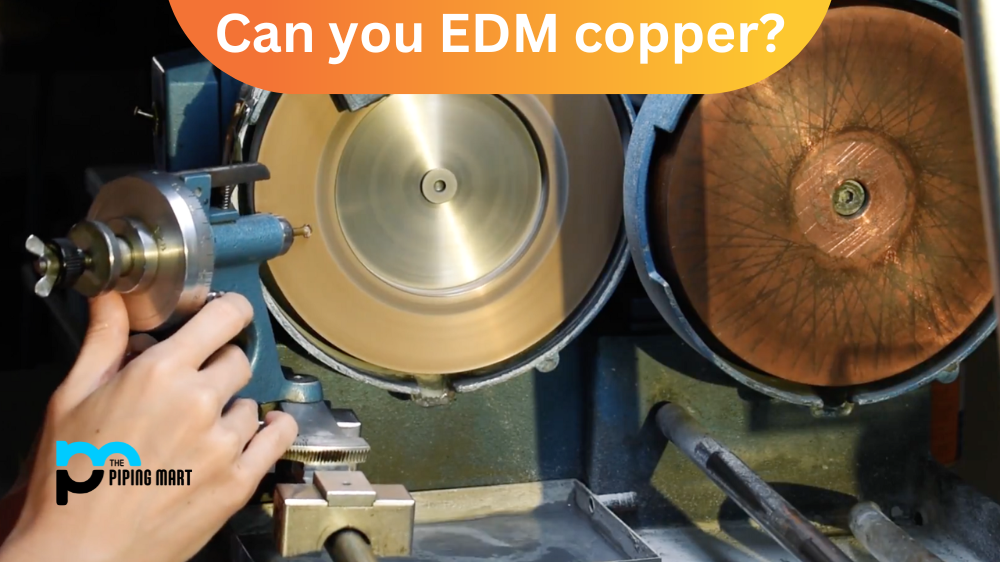Choosing a suitable material can make all the difference in manufacturing and engineering. Two materials commonly used are 1010 and 1018 carbon sheets of steel. Both popular choices, they differ in terms of their chemical composition and their applications. This article will explore the differences between 1010 and 1018 and help you determine which steel is the right choice for your next project.
Difference Between 1010 and 1018 Steel
Composition
1010 is a plain carbon steel with approximately 0.10% carbon content. It is low in strength but high in formability, weldability, and ductility, making it a popular choice for cold-forming operations. 1018, on the other hand, contains up to 0.20% carbon, along with small amounts of other alloying elements such as manganese. This slight increase in carbon content results in greater strength and hardness, making 1018 a better choice for parts that require a higher degree of toughness.
Pricing
Regarding pricing, 1010 is a more budget-friendly option than 1018. While both steels are relatively inexpensive compared to some of the more exotic alloys, the added strength and hardness of 1018 make it slightly more expensive than 1010. However, this cost can vary depending on the specific application and the manufacturer, so it is essential to shop around and compare prices before making a final decision.
Applications
Due to its high formability and ductility, 1010 is commonly used in applications that require deep draws or cold forming, such as automotive parts, appliances, and office equipment. Its softness and malleability make it popular for wire and cable applications. On the other hand, 1018 is commonly used in applications requiring strength and toughness, such as gears, shafts, and automotive parts requiring high wear resistance.
Machinability
Both 1010 and 1018 are easy to machine, but the increased hardness and strength 1018 can be a bit more challenging. However, 1018 can still be machined relatively easily with the right tools and techniques. Additionally, due to its high formability, 1010 can sometimes exhibit “spring back” after machining, affecting its final dimensions.
Heat Treatment
Both 1010 and 1018 can be heat treated for increased hardness and strength. However, 1018 is more accessible to heat treatment than 1010 due to its higher carbon content.
Conclusion
In summary, when choosing between 1010 and 1018 carbon steels, it is essential to consider the specific requirements of your application. While 1010 is a soft and formable steel that can be easily cold-formed, 1018 is more robust and durable, making it a better choice for applications requiring toughness and wear resistance. Additionally, while 1010 is more budget-friendly, 1018 may be a better choice in the long run due to its increased durability and strength. Evaluating your specific needs and comparing prices from different manufacturers will ensure you make the best decision for your next project.

A passionate metal industry expert and blogger. With over 5 years of experience in the field, Palak brings a wealth of knowledge and insight to her writing. Whether discussing the latest trends in the metal industry or sharing tips, she is dedicated to helping others succeed in the metal industry.




